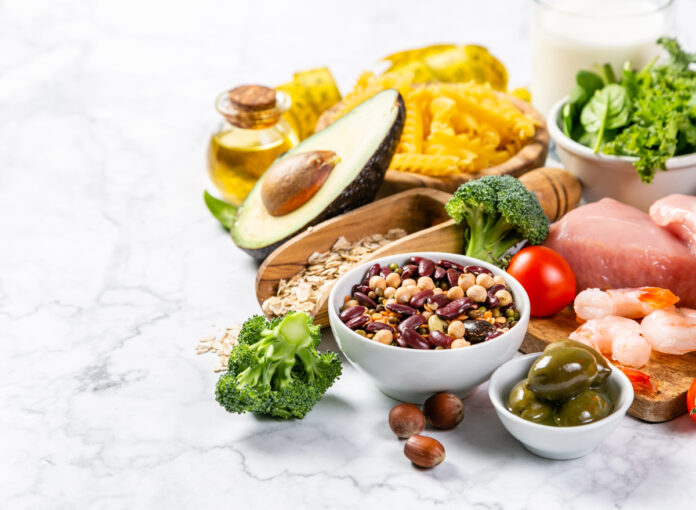Choosing the right diet can be quite confusing when you’re trying to lose weight as you age. There are so many different diets for weight loss out there; how are you supposed to know which one is right for you—especially after age 50?
Losing weight is a common fitness and health goal at many stages of life, but when you reach middle age, it’s important to bump up the physical activity and reduce your calorie intake, since your metabolism naturally slows down, your bones weaken, and you lose lean muscle. It’s essential to make sure you are eating enough of the right healthy foods, including items packed with protein and fiber. A nutritious diet is especially important when you consider that growing older means you’re more susceptible to chronic illnesses such as type 2 diabetes, arthritis, heart disease, dementia, and cancer, as the Centers for Disease Control and Prevention (CDC) reports.
In addition to selecting the best, most sustainable diet, our experts encourage practicing healthy habits such as food logging and portion control. Understanding the right amount of food your body needs at each meal can help you avoid consuming an excessive amount of calories, and keeping track of the foods you eat helps you get a better grasp on where your intake currently is.
That’s a lot to be responsible for, which is why we asked our experts to help us break down the best diets for weight loss after 50. Read on for more, and when you’re done, don’t miss the 10 Best Protein-Packed 100-Calorie Snacks for Weight Loss.
If you’re unfamiliar with the DASH diet, it stands for “dietary approaches to stop hypertension.” It’s essentially a healthy eating regimen to aid in treating or preventing high blood pressure. It’s also been shown to promote a healthy heart and decrease your risk of type 2 diabetes. With the DASH diet, your shopping list will include plenty of fruits, veggies, whole grains, fish, poultry, fat-free or low-fat dairy products, nuts, and beans. You will not be eating foods that have a high amount of salt or saturated fat.
“Not only does this diet help individuals manage their blood pressure better, but it also has the ability to help people lose weight as well as improve their overall health and well-being,” says nutritionist Lisa Young, Ph.D., RDN, the author of Finally Full, Finally Slim and a member of our Medical Expert Board. “The reason this diet is great for people over 50 looking to shed some pounds is because it puts an emphasis on healthy macronutrients and micronutrients while limiting the types of food that can lead to chronic disease. The main influences on weight loss are the limitations on saturated fats and sodium and incorporating this diet into your lifestyle.”

The Mediterranean diet shines a spotlight on heart-healthy fats and plant-based foods. Picture lots of fruits, veggies, lentils, beans, nuts, omega-3 fatty acids, whole grains, healthy fats, and animal proteins such as dairy and fish (in moderation). It’s more of an all-around healthy lifestyle rather than a “diet.”
“Research has shown the Mediterranean diet can help lower one’s risk of developing cardiovascular disease and metabolic syndrome, supports healthy blood sugar, blood pressure, and cholesterol, and can support a healthy weight,” Young explains. “Moreover, this diet limits sodium and refined carbohydrates which can help individuals lose weight as well as maintain a healthy weight. This diet gives the body an ample amount of fiber which is essential for weight loss.”
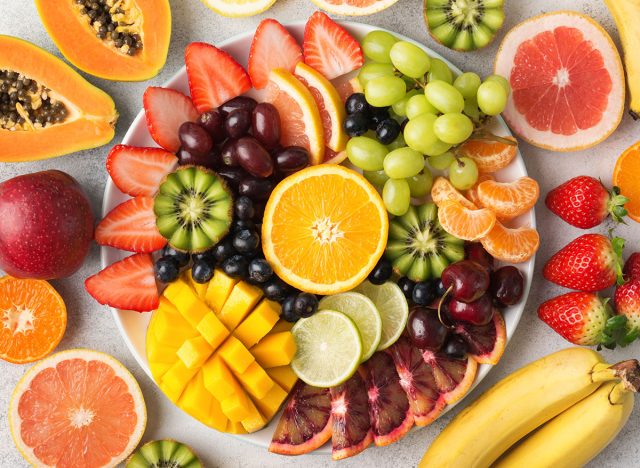
According to Young, the Mayo Clinic Diet is an eating plan that supports a healthier lifestyle by encouraging you to swap out “bad foods” with “good foods,” and utilizes a food pyramid to showcase the kinds of foods that receive the green light. You can eat fruits, veggies, healthy fats, and whole grains on the Mayo Clinic Diet.
“The main purpose of this diet is consuming foods with less calories and eating as much as you want,” Young points out. “The Mayo Clinic Diet also focuses on encouraging people to exercise for at least 30 minutes a day, as well as limiting watching TV while eating, consuming sugary snacks, and consuming too much meat and full-fat dairy. Moreover, the diet highlights foods rich in nutrients and low in fat and calories. Some examples of recommended foods include fruits, legumes, fiber-rich foods, heart-healthy fish, and healthy fats.”
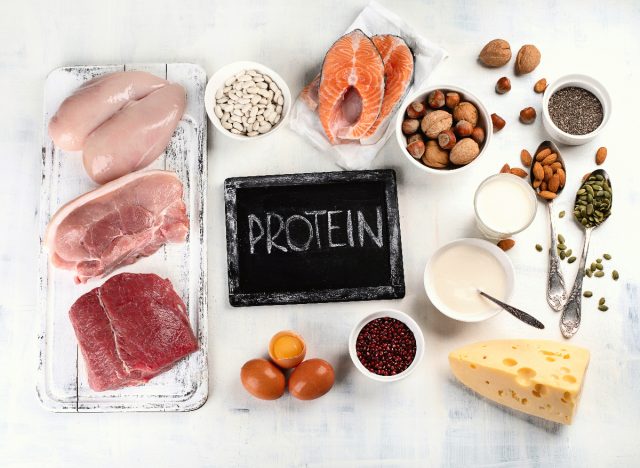
A high-protein diet focuses on eating a sufficient amount of quality protein on a daily basis, explains Melissa Mitri, MS, RD, nutrition writer and owner of Melissa Mitri Nutrition.
“As you age, your muscle mass decreases, slowing your metabolism and leading to unwanted weight gain. Protein is an essential macronutrient for weight loss, and eating more of it keeps you fuller for longer and promotes lean muscle mass,” says Mitri. She recommends adding a minimum of one serving of protein to every meal, such as Greek yogurt, poultry, lean meat, or tofu, and shooting to consume at least 25 to 30 grams at each meal.
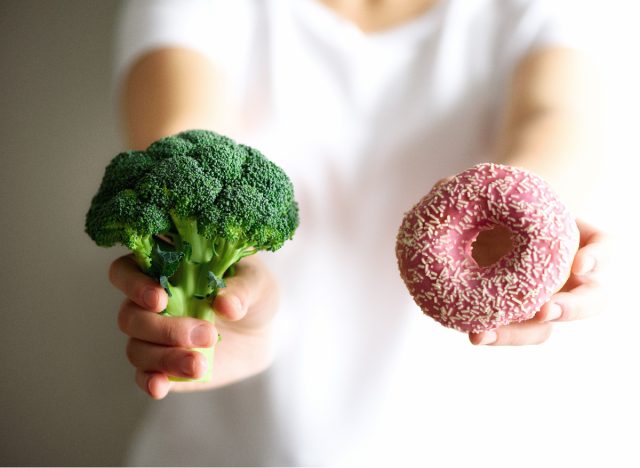
When following the 80/20 diet, you’ll consume nutrient-dense, wholesome foods 80% of the time, and indulge in some of your favorite “fun” foods the remaining 20% of the time.
“Since you’re not restricting yourself from the foods you love and eating things in moderation, the 80/20 diet is a sustainable way of eating for many older adults,” Mitri explains. “To gain the most benefits from the diet, including weight loss, ensure you aren’t going over 20% while treating yourself, and prioritize a balance of protein, whole grains, and fresh produce in your diet.”
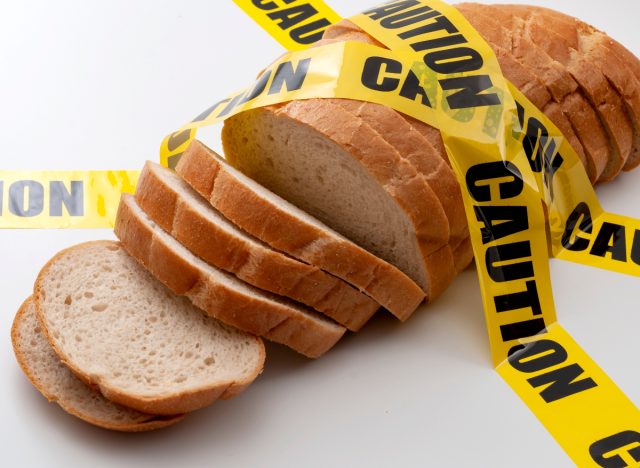
Last but not least, Mitri recommends a low-carb diet for individuals over 50 who want to lose weight, considering your body’s response to carbs isn’t as favorable during this stage of life. “This makes it easier for your body to store any excess carbs as body fat,” she notes.
Being successful at a low-carb diet means limiting the amount of refined carbs—such as white bread, pastries, and pasta—and shifting your focus toward whole-grain and high-fiber carbs to boost satiety and nutrition.

